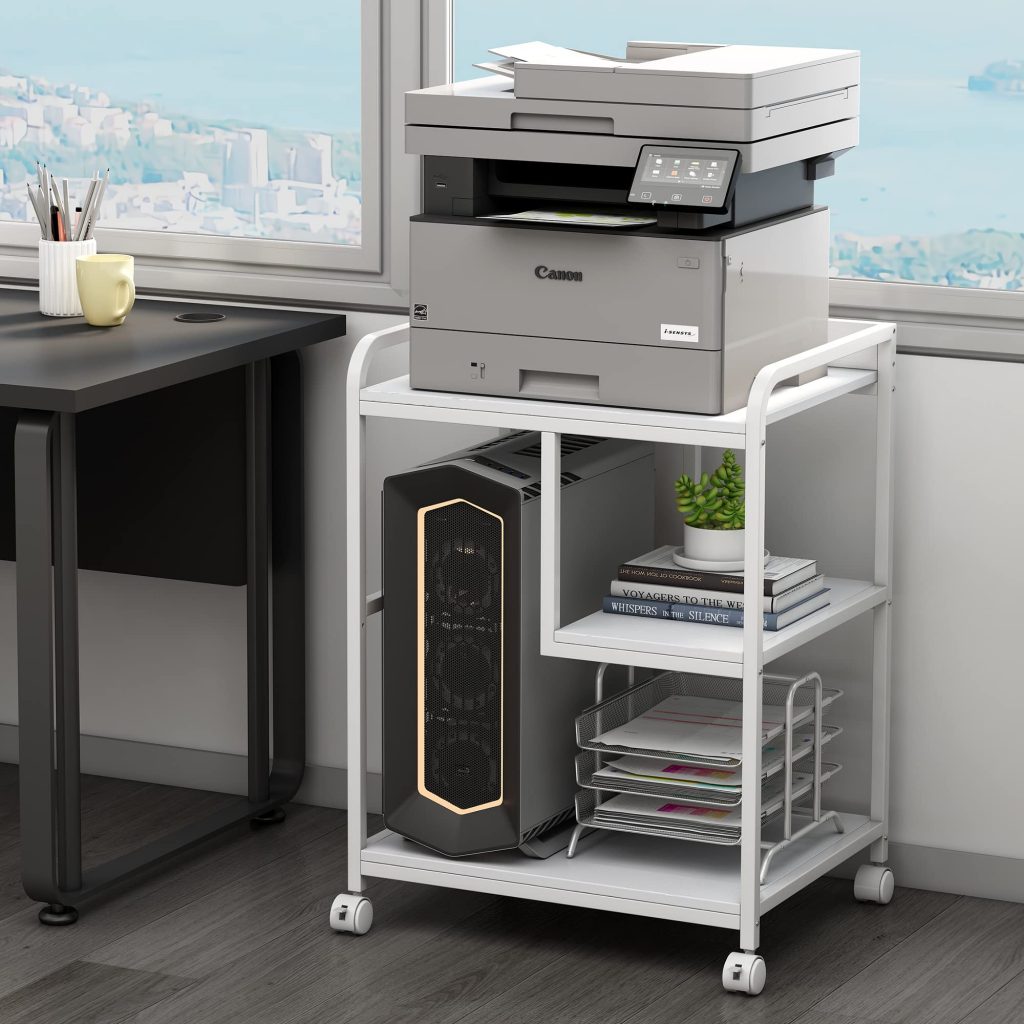The Lifespan of Office Printers: How Long Can You Rely on Your Printing Workhorse?
2 min read
In today's fast-paced business environment, office printers play a crucial role in facilitating daily operations. From printing important documents to producing marketing materials, these workhorses are essential tools for businesses of all sizes. However, understanding the lifespan of office printers is vital for budgeting, maintenance planning, and overall efficiency. In this article, we will delve into the factors that determine how long office printers last and provide practical insights for maximizing their lifespan.
- Printer Type and Quality:
The lifespan of office printers can vary significantly depending on the type and quality of the printer. Laser printers, known for their durability and high-volume printing capabilities, generally outlast inkjet printers. Additionally, investing in a high-quality printer from reputable brands can significantly extend its lifespan. While the initial cost may be higher, the long-term benefits outweigh the investment. - Usage and Workload:
The frequency and intensity of printer usage directly impact its lifespan. Office printers designed for heavy-duty printing are built to withstand higher workloads and are likely to last longer. Conversely, printers used sporadically or for light printing tasks may have a shorter lifespan. It is essential to choose a printer that aligns with your business's printing needs to ensure optimal performance and longevity. - Maintenance and Care:
Proper maintenance and care are crucial for prolonging the lifespan of office printers. Regular cleaning, including removing dust and debris, helps prevent mechanical issues and ensures consistent print quality. Following the manufacturer's recommended maintenance schedule, such as replacing consumables and performing firmware updates, is essential. Additionally, providing a suitable environment, such as avoiding extreme temperatures and humidity, can contribute to the printer's longevity. - Print Volume and Paper Quality:
The volume of printing and the quality of paper used can impact the lifespan of office printers. High-volume printing, especially beyond the printer's recommended duty cycle, can strain its components and lead to premature wear and tear. Similarly, using low-quality or incompatible paper can cause paper jams, which can damage the printer over time. It is advisable to monitor print volume and use paper that meets the printer's specifications to ensure optimal performance and longevity. - Technological Advancements:
Technology evolves rapidly, and office printers are no exception. As new features and advancements emerge, older printer models may become obsolete or unsupported. While this does not directly affect the printer's physical lifespan, it is essential to consider the availability of technical support, software updates, and compatible consumables when assessing the longevity of office printers.
Conclusion:
In conclusion, the lifespan of office printers depends on various factors, including printer type and quality, usage and workload, maintenance and care, print volume and paper quality, and technological advancements. By understanding these factors and implementing appropriate measures, businesses can maximize the lifespan of their office printers, ensuring reliable and efficient printing operations. Remember, investing in a high-quality printer and providing regular maintenance are key to getting the most out of your printing workhorse.


